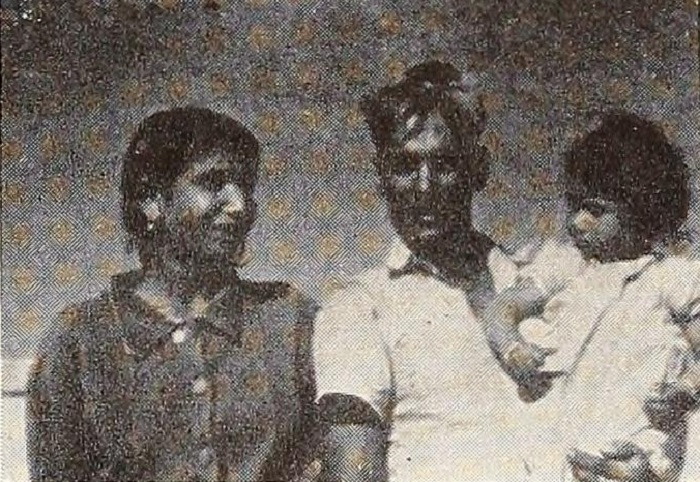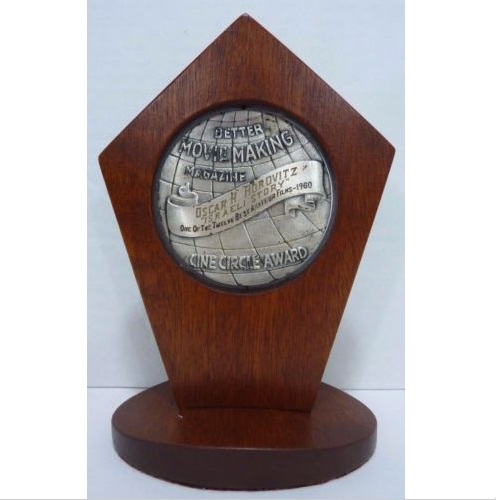
Still image from The Israeli Story in Movie Makers, Dec. 1952, 324.
English
1400 ft
16mm
Kodachrome
Magnetic
"Oscar H. Horovitz, you may recall, already has told in words (see Israel Invites, March Movie Makers) about his month-long visit of last year to this newest of the world's democracies. In The Israeli Story, with all personal references excised, he now sets forth film a record of this hard-won republic he found it. Covered, in step-by-step reporting, are its polyethnic citizens, its social, economic and educational centers, and, briefly, its hopes for the future. Supplementing this visual reportage there is a technically excellent magnetic recording on film, in which music is used sparingly and the narrative is both written and delivered with restraint. As such, The Israeli Story is a competent documentary record which should serve (and, in fact, has served) the public relations program of the new Jewish state effectively. An objective observer of the film, however, draws from it little if any of the emotional uplift which is eagerly hoped for by every sympathetic viewer." Movie Makers, Dec. 1952, 341.
Horovitz's article "Israel Invites" (Movie Makers, March 1952, 82-83) reports on his experience shooting this film, and offers tips to filmmakers considering Israel as a filming subject.
The film received the Robert J. Flaherty Memorial Medal in Better Movie Making Magazine's Cine Circle Contest of 1960.
This film is held by The Steven Spielberg Jewish Film Archive at Hebrew University of Jerusalem.
The Steven Spielberg Jewish Film Archive, Hebrew University of Jerusalem
"A film about Israel in the early 1950s which stresses its beauty despite the period of austerity and rations. Begins with scenes of Haifa including GVs, street scenes, Bahai Gardens, the German Quarter, the old Arab Quarter, Hadar, the market, transit camp, school, students and faculty at the Technion including President Yaakov Dori and mathematics lecturer Sidney Goldstein. Scenes of Arabs engaging in primitive methods of agriculture and stresses the need for modernization. Continues with the Hadassah Tuberculosis Hospital in Safed and GVs of the town, Tiberias, new immigrants arriving and the challenge of their assimilation, immigrants working at a JNF nursery, a youth aliya village in Ein Kerem, bedouin in the Negev, GVs Beer Sheva, construction, immigrant inhabitants, Chaim Yassky Hospital in Beer Sheva, Arab patients at the hospital; citrus fruit farming in Tel Mond, Netanya, Tel Aviv including GVs, Dizengoff Street, 2nd November Square, Allenby Road, cafes, children in Purim costumes, Habimah Theater, cars with a gas rationing sticker, beach, hotels; Sharon Hotel in Herzliya, beach scenes. Scenes of Jerusalem including GVs from YMCA, Mount Scopus, Mount Herzl Mt Zion, Old City walls from Yemin Moshe, CU Hasidic boys, Jewish Agency building, David Ben Gurion’s office, Yeshurun Synagogue, YMCA football field, King David Hotel, Ben Yehuda, Jaffa and Nevi’im streets, classes at the Hadassah Vocational Center and the Brandeis Vocational Center. Ends with CUs of immigrants and Israelis." Via The Steven Spielberg Jewish Film Archive.
